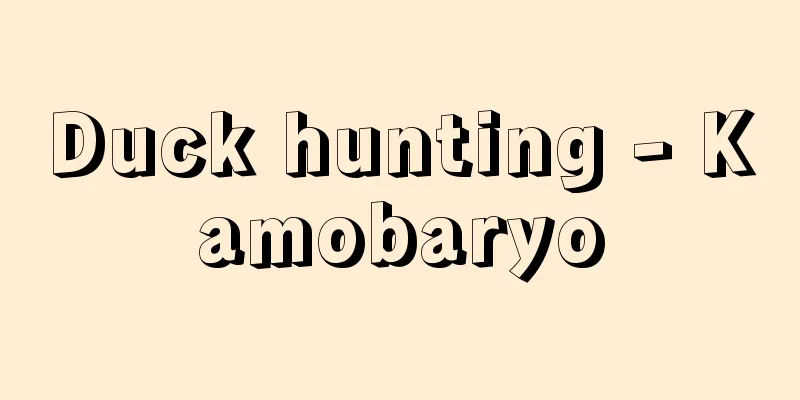Dur

|
...On the other hand, from the second half of the 19th century, with the development of chromatic harmony, the distinction between major and minor keys became ambiguous. The German words Dur (major) and Moll (minor) come from the Latin durus (hard) and mollis (soft). *Some of the terminology explanations that mention "Dur" are listed below. Source | Heibonsha World Encyclopedia 2nd Edition | Information |
|
…一方,19世紀後半からは半音階的和声法の発展に伴って,長調・短調の区別自体があいまいとなっていった。 なお,ドイツ語のドゥアDur(長調),モルMoll(短調)は,ラテン語の〈堅いdurus〉,〈柔らかいmollis〉からきている。 ※「Dur」について言及している用語解説の一部を掲載しています。 出典|株式会社平凡社世界大百科事典 第2版について | 情報 |
<<: dura mater (English spelling) duramater
Recommend
Lady's Tale - Lady's Tale
This scroll painting was done by Gu Kaizhi of the...
AINBA - AINBA
...One of the athletic games. It is called baseba...
Nejd
…the plateau region in the central Arabian Penins...
Fulbeere
...the plural is Fulbe), and the alternative name...
Alta (philosophy) - Alta
...It is believed to have been written by Bhatsya...
Special city - Tokubetsushi
Most countries have adopted a two-tier system of l...
brise-soleil (English spelling)
…The traditional types include reed blinds, bambo...
Kazimierz IV Jagiellonczyk (English spelling)
…[Miyajima Naoki]. … From the Jagiellonian Dynast...
Mechanical noise
…The murmur of an aneurysm is a soft, short systo...
Yokohama [city] - Yokohama
A city in the eastern part of Kanagawa Prefecture....
Alpine agriculture
...When these winds blow down the northern slopes...
Shaykh al-Islām
It means "Islamic elder (shaikh)" and wa...
Caramelization reaction - Caramelization reaction
…When oil is heated, it turns brown due to oxidat...
Carax - Carax
…an ancient kingdom located at the mouth of the T...
Anemone narcissiflora var.sachalinensis (English name) Anemonenarcissifloravarsachalinensis
…[Michio Tamura]. … *Some of the terminology that...









